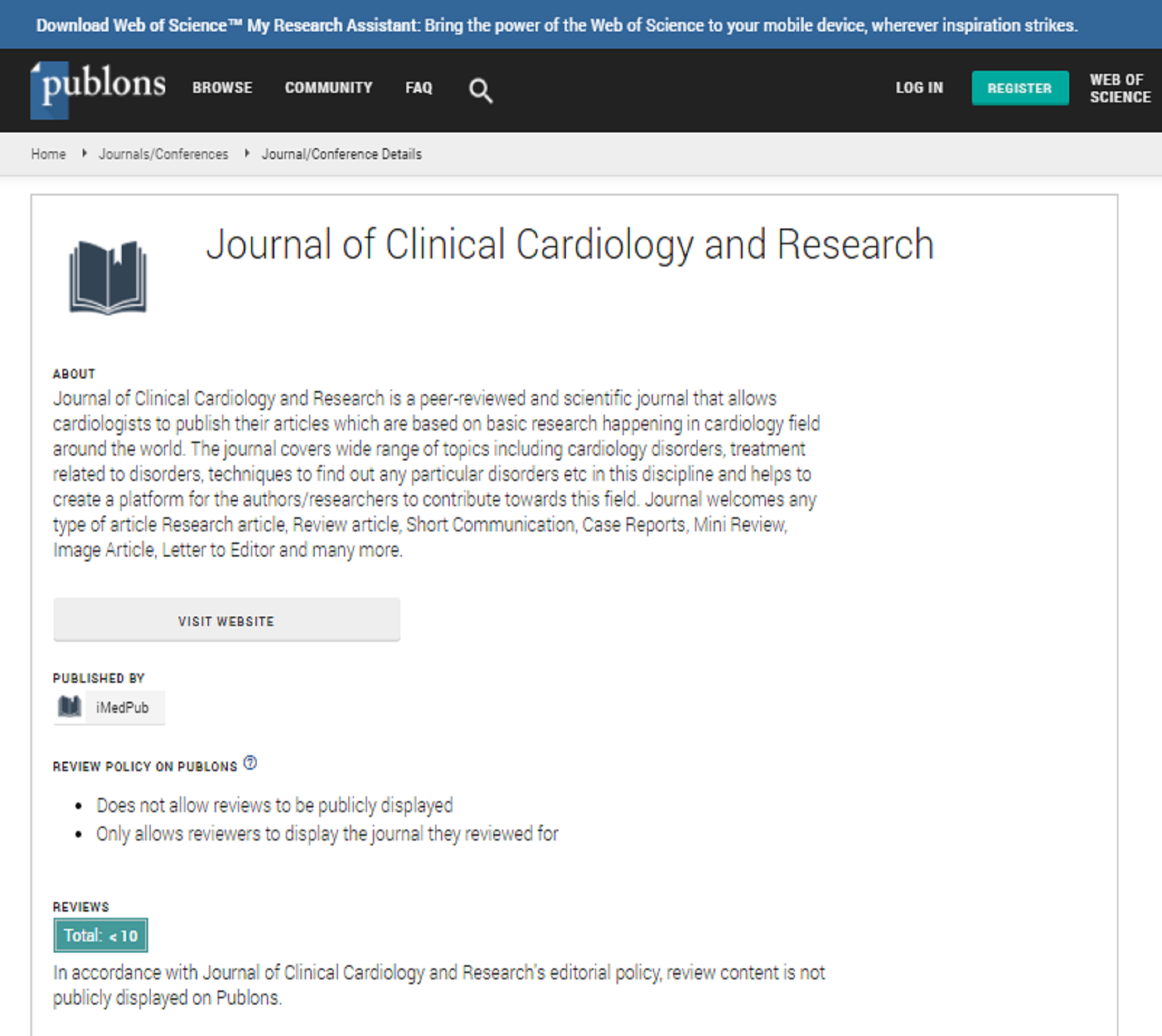Abstract
Treating congenital heart diseases with high tech procedures in an unequal country
Mexico is a country with many inequalities, which are very notable, amongst other things, in high tech healthcare. Congenital heart diseases require in average $5,000 USD per child for a surgical treatment. Given that our average per capita income is quite low, only as few as 10% of the population can afford such healthcare, and even though 98% of the population have some sort of social security service, these are saturated, and patients may have to wait up to two years to be able to have surgery. And more so, over two million people have no access to medical services. So, we must turn to social enterprises and nonprofit associations to be able to cope with this problem, and still are left with many patients without proper care. There are several areas within the country that do not have extracorporeal pump machines for open heart surgery, so they must perform surgeries without them, such as corpectomy or pulmonary banding, some of which are palliative surgeries. Many of the patients we attend arrive relatively late, considering their state. For example, we operate tetralogies of Fallot after two years of age, or anomalous pulmonary venous connections after three months. All these because of lack of planning; we have the resources and the infrastructure, but we do not yet find a way to properly manage these deficits. And so, we have so far eight nonprofit associations performing surgical procedures in congenital heart diseases throughout the country. Amongst all of them, over 1,000 children a year have been operated on, just a small percentage of all that we calculate are still awaiting surgery. Every year, more that 22,000 new children with congenital heart diseases are born, and we try to shorten the list. The first non-profit was founded in 1995, and the newest one barely this year. And all of them need mainly two things: Patients, and economical resources. We need pediatricians to redirect patients to the specialists as soon as possible and to begin medical treatment in case these referrals are not entirely feasible, and pediatric cardiologist to be familiar with all governmental, profit and nonprofit options for the patient’s benefit. We intend with this paper to share our experiences and our results in case some other countries may find it useful, as well as to urge the need for pediatric alertness, the need for resources (both human and economic), as well as an early referral, to be able to help all he children awaiting surgery to improve their quality of life.
Author(s): Paola Vidal Rojo
Abstract | PDF
Share This Article
Google Scholar citation report
Journal of Clinical Cardiology and Research peer review process verified at publons
Abstracted/Indexed in
- Google Scholar
- Publons
Open Access Journals
- Aquaculture & Veterinary Science
- Chemistry & Chemical Sciences
- Clinical Sciences
- Engineering
- General Science
- Genetics & Molecular Biology
- Health Care & Nursing
- Immunology & Microbiology
- Materials Science
- Mathematics & Physics
- Medical Sciences
- Neurology & Psychiatry
- Oncology & Cancer Science
- Pharmaceutical Sciences

